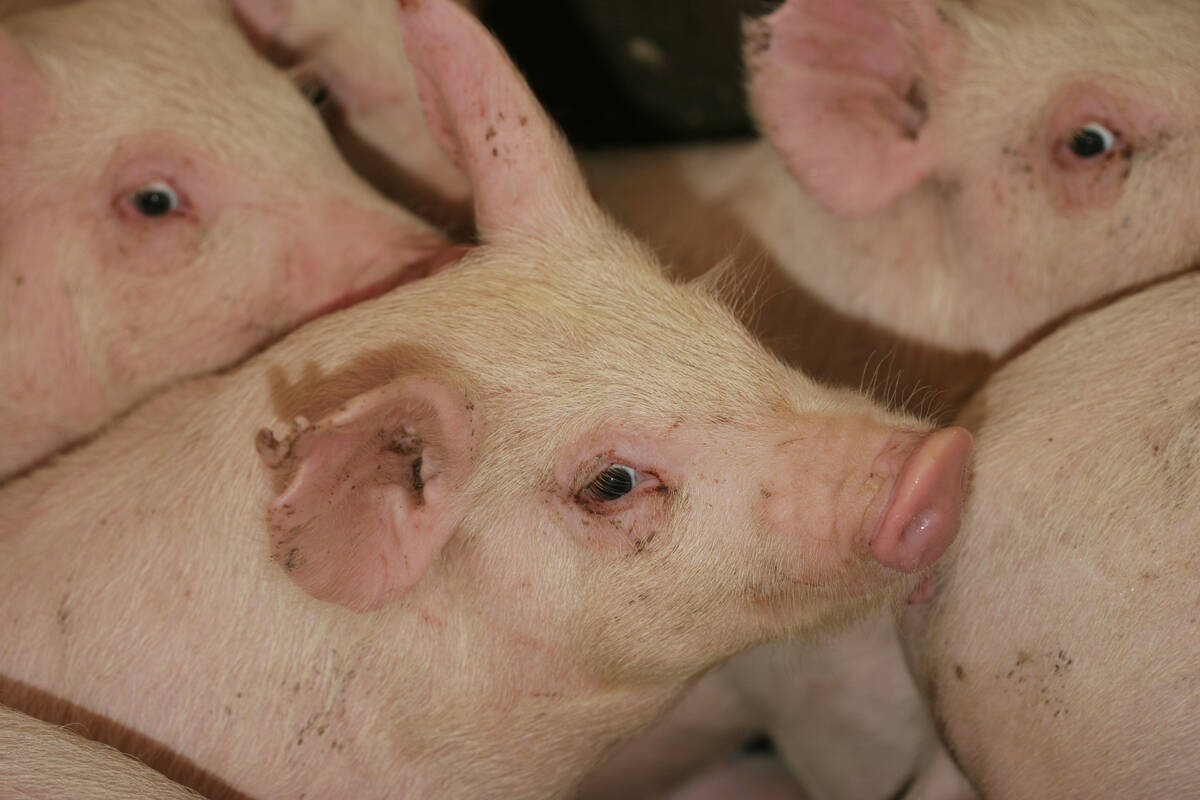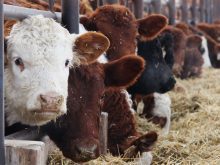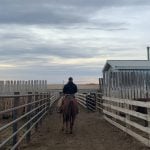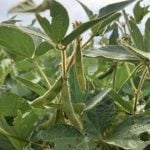RED DEER – New BSE-prevention rules to handle specified risk materials from slaughter cattle come with extra permits and instructions.
Known as the enhanced feed ban, the new regulations go into effect next July to give meat plants time to make changes and find acceptable ways to dispose of SRMs, said Natalie Bragg, a senior veterinarian with the Canadian Food Inspection Agency.
Small operations will receive an additional six months to comply with the new disposal requirements.
Specified risk materials include body parts believed to carry the BSE agent and that could pass on the disease if eaten by mammals.
Read Also

The Western Producer Livestock Report – September 25, 2025
The U.S. national live price average for barrows and gilts was $81.21 Sept. 17. It was $78.37 Sept. 9. U.S. hogs averaged $106.71 on a carcass basis Sept. 17, up from $106.10 Sept. 9.
These include the skull, brain, trigeminal ganglia (nerves attached to the brain), eyes, tonsils, spinal cord and dorsal root ganglia (nerves attached to the spinal cord) of cattle older than 30 months and the distal ileum (portion of the small intestine) of cattle of all ages.
No proteins derived from these products may be fed to livestock or used in pet food and fertilizer.
This latest rule strengthens the 1997 ban on feeding ruminant-derived protein to cattle, sheep, elk and other cud chewing animals. The only exceptions in the 1997 regulations were milk, blood, gelatin and rendered fat because they are not known to pose a BSE risk.
Bragg said the rules were deemed sufficient at the time based on what was known about BSE and its transmissibility.
“It was assumed the likelihood of having BSE in Canada was low,” she said at a Red Deer meeting Nov. 10.
The CFIA has been working on a better regulation since 2004 and hopes it will help eliminate BSE in Canada.
“It is important to recognize these regulations are unique in that they are outcome based,” she said.
If better disposal or other uses for these materials appear, the regulations can easily include them.
About 642,000 tonnes of raw bovine waste are generated each year. More than 90 percent comes from abattoirs and the rest is dead stock.
Anyone handling SRMs will require permits for movement and receipt of the material. These should be available on-line from the CFIA by December. Permits are free and good for one year.
Home butchering will not require a permit if the material stays on the premises.
However, a permit will be needed if the carcass is sent away for cutting and wrapping.
Under the new rules, these materials must be marked with indelible dye and placed in marked containers for disposal.
The material can be burned in a concrete kiln at a temperature of 850 C for 15 minutes or destroyed using processes such as gasification, alkaline and thermal hydrolysis. It may also go into designated landfills.
The material may be rendered or composted, but regulators say it may still be infectious so must be disposed of in acceptable ways.
Composted material could be spread in areas where no agriculture activity happens, such as a tree lot. The land where the material is spread cannot be used by ruminants for five years.
Those handling SRMs must keep records for 10 years with name, address, date of removal, weight of carcass and the banned material.















